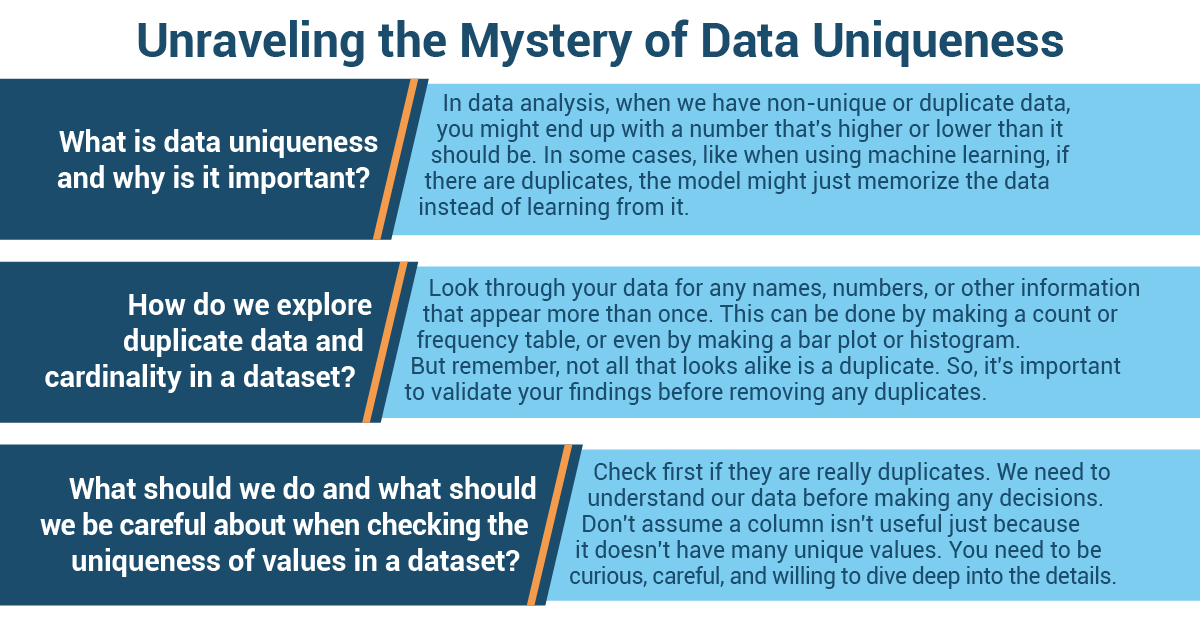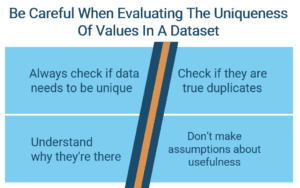Imagine you’re at your favorite café on a busy morning. The air is filled with the delicious smell of coffee being made and the tempting aroma of freshly baked pastries. Behind the counter, there are different baristas, each with their own special way of making coffee. Some pour the milk in a fancy way, while others focus on getting the water temperature and coffee grind just right. Even though they use the same ingredients, each cup of coffee they make tastes different and tells a story about who made it. That’s what makes your coffee experience there special, and it keeps you coming back for more.
Now, let’s think of data in the same way. Data is like that café, but instead of coffee, it’s a busy place where information comes together from many sources like the internet, businesses, scientific research, and even our own devices. Just like each barista creates a unique cup of coffee, every piece of data has its own story and special traits. It might surprise you, but we are all data baristas, too! Every time we click, search, or buy something online, we add to this huge collection of information.

What is data uniqueness, and why is it important?
Imagine you are working with a list of all the basketball players in an Olympic game, but some names appear more than once. If you’re trying to find out the average height, you might end up with a number that’s higher or lower than it should be. This could make the basketball team seem taller or shorter than they really are! The same thing happens in data analysis when we have non-unique or duplicate data.
In some cases, like when using machine learning (think of it as a super-smart computer program that learns from data), if there are duplicates, the model might just memorize the data instead of learning from it. This is like memorizing the answers to a math test instead of learning how to solve the problems. This memorization won’t help when the model encounters new data, just like memorizing answers won’t help when you see new math problems!
- Data uniqueness means all data entries in a dataset are different, and no two are the same.
- If our data isn’t unique, it can lead to biased results.
- Duplicate data can cause overfitting in machine learning models.
- If the data isn’t unique, we might need to clean it to remove duplicates.
How do we explore duplicate data and cardinality in a dataset?
- Identify duplicates and cardinality
- Validation
- Handling

What should we do, and what should we be careful about when checking the uniqueness of values in a dataset?
- Always check if data needs to be unique.
- In the case of duplicate records, check if they are true duplicates or if they indicate separate instances that happened to be the same.
- Don’t remove all duplicate records without understanding why they’re there.
- Don’t assume that a low number of unique values (low cardinality) in a column means it isn’t useful.
Unveiling Data Uniqueness in the Shampoo Industry
In the dynamic world of consumer products, Emma Roberts, a seasoned corporate professional with a background in marketing, embarked on a journey that would illuminate the significance of data uniqueness within the shampoo industry. Her exploration was driven by a curiosity to understand how distinctive data could unlock innovative strategies and insights in a highly competitive market.
Emma’s project took root in her role as a brand manager for a leading shampoo company. With her corporate experience in marketing, she recognized the importance of data-driven decisions in shaping effective marketing campaigns and product strategies. Her journey was centered around uncovering the value of unique and unconventional data sources within the shampoo industry. Emma understood that data uniqueness went beyond the usual market research reports and sales data. Drawing from her corporate insights, she realized that unconventional data sources, such as social media sentiment, online reviews, and emerging consumer trends, could provide a fresh perspective on consumer preferences and behaviors.
Armed with her understanding, Emma embarked on her exploration of unconventional data. She delved into social media platforms, dissecting discussions and reviews related to various shampoo brands. She was intrigued by the wealth of insights that lay within consumer conversations, capturing sentiments, desires, and concerns that traditional data might miss. Drawing parallels from her corporate background, Emma recognized the strategic value of unique data insights. As she analyzed online discussions, she uncovered emerging trends like eco-friendly packaging, cruelty-free formulations, and ingredient preferences. These insights were akin to discovering hidden treasure troves of information that could inform future product innovations and marketing strategies.
Emma’s journey illuminated how data uniqueness could offer a competitive edge. As a corporate professional well-versed in competitive analysis, she realized that unconventional data could provide insights into competitors’ strengths and weaknesses. This information, often hidden from traditional market reports, could shape her company’s product differentiation and positioning strategies. Inspired by her findings, Emma embraced a consumer-centric approach. Just as her corporate experience emphasized understanding customer needs, Emma recognized that unique data insights allowed her to tailor products and campaigns that resonated with consumers on a deeper level. Her exploration led her to embrace a more empathetic and responsive approach to brand management.
Emma’s journey through data uniqueness also underscored the importance of adaptability and innovation. Armed with insights from unconventional data sources, she was able to identify emerging consumer behaviors and preferences. This proactive approach enabled her company to adapt quickly and innovate ahead of competitors, a skill she had honed in her corporate roles. As Emma integrated unique data insights into her brand strategy, the impact became evident. Her company’s products resonated more deeply with consumers, leading to increased engagement and loyalty. Emma’s case study exemplifies how a corporate professional’s curiosity and strategic thinking can unlock innovative strategies in the consumer goods industry. Through her exploration, she underscores the transformative potential of data uniqueness in shaping consumer experiences and driving business success in the world of shampoo.